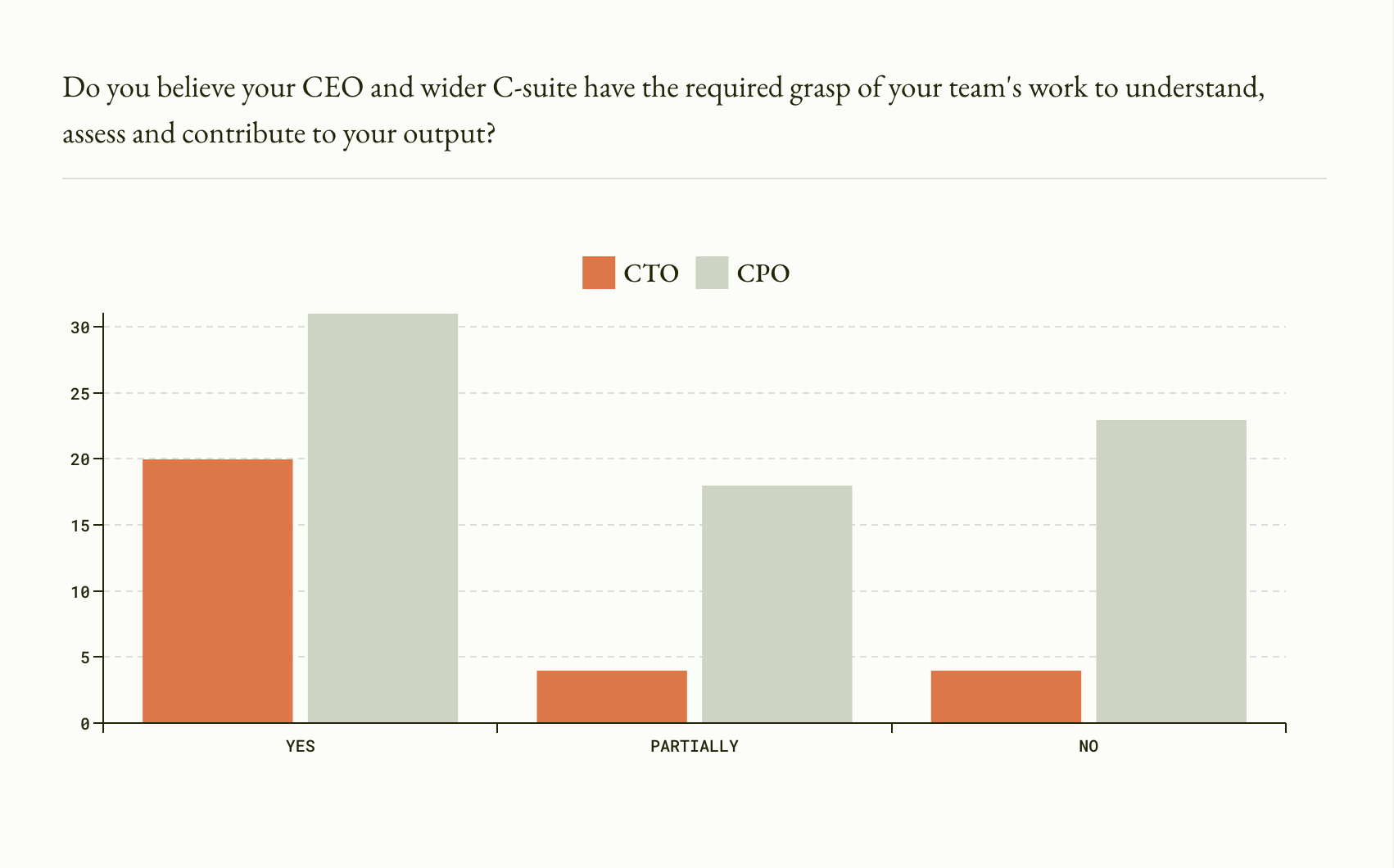Getting to leadership is hard work.
Becoming the head of product or director of product for a company is a significant career aspiration, and the journey to achieve this goal often comes with its fair share of challenges. Chief among them is recognizing that your work is much different than what you are used to as a product manager.
When you are focused on a particular feature or application, that is your “product.” Your ability to navigate the complexities of how that product goes through the product development life cycle is how you are mostly judged. However, when you move to product leadership, the “product” shifts from what you are used to, and over to people – both in and out of the team.
As you get to the next step of your career, dealing with friction from teams and individuals above, handling career setbacks, and ensuring product success are essential to master. In this article, we will explore these challenges and provide insights on how to overcome them effectively.
Dealing with friction from teams and individuals above
In any organization, managing relationships and effectively communicating with teams and individuals at various levels is crucial for a successful career in product management. When aspiring to reach leadership, it's common to encounter friction from those in higher positions, including executives and stakeholders.
That said, executives are human whether they are above or to the side of you. Friction happens when you don’t understand their perspective, miss out on aligning goals, or don’t build relationships. As a leader, your job is to prioritize your work around these goals.
1. Understand Their Perspective: Often, friction arises due to differing objectives, visions, or misalignment of expectations. Take the time to understand the perspectives and motivations of those above you. Open communication and active listening are key skills in these situations.
2. Align with Business Goals: Ensure you have a clear product strategy. If your stakeholders cannot find ways to understand your area in the business or figure out how your goals affect thiers, you’ll end up forgotten. For a product leader, this may mean using lagging indicators like revenue so you can speak a language other stakeholders may understand.
3. Build Relationships: Cultivate strong relationships with key stakeholders by providing transparency, regular updates, and involving them in product decision-making processes. What may sound like something that slows you down – fellow executives are busy people – figuring out ways to get their input and some time on the calendar to understand what happens in their world is key to building trust that you’ll need when bad things happen.
How to deal with career setbacks
The path to head of product isn’t smooth, and setbacks are inevitable. Whether it's a missed promotion, a project that didn't meet expectations or a challenging team dynamic, how you handle setbacks is critical to your career growth.
As Rocky Balboa said, it isn’t how you get knocked down, but how you get back up. Here are some ways to ensure you get back on the right track after a setback.
1. Analyze and Learn: After a setback, take the time to analyze what went wrong. Identify the factors that contributed to the setback and reflect on the lessons you can learn from the experience. This self-reflection is vital for personal and professional growth.
2. Seek Feedback: Reach out to mentors, colleagues, or supervisors for constructive feedback on your performance and areas for improvement. Be proactive, bring it up during one on ones, and talk about your lessons with your management and with your team. Act on this feedback to enhance your skills and capabilities. Remember, you are modelling behavior for your team, and as a leader – you need to lead.
3. Stay Persistent and Resilient: Perseverance is key to overcoming setbacks. Stay persistent in your efforts, maintain a positive mindset, and use setbacks as stepping stones towards your end goal. Resilience and determination are qualities that distinguish successful leaders, and become something for your team to mimic.
When a product isn’t performing well, how can you still look to progress?
In the dynamic world of product management, not all products will achieve the desired success. Managing a product that isn't performing well can be disheartening, but it's an opportunity for growth and progression in your career. As a product leader, learning how to cut your losses and not personalize your portfolio is how you manage resources well and build trust.
1. Evaluate and tastemake: Evaluate the reasons for the product's underperformance through your team. Challenge the product managers who report to you to utilize data and think about the company's vision. Dr. Ron Kohavi mentions that failure is a natural state, and there is no amount of testing that will help us totally avoid it. How you separate the product team from what the market can do (sometimes, we are all surprised) is a key mark of a leader.
2. Iterate and Pivot: Apply the principles of agile product development and iterate on the team. Pivots can happen outside of the product, and as a leader, think about the system that created the possible failure. Is there a way to find signals earlier from other parts of the business? Iteration now has a wider footprint.
3. Demonstrate Leadership and Adaptability: Showcase your leadership skills by rallying the team, maintaining morale, and driving necessary changes. Demonstrate adaptability by taking on new challenges and responsibilities to showcase your abilities. Your ability to keep the team focused on the strategy and vision of the company means rolling with the punches.
The journey to becoming a head of product is filled with challenges but also a path of tremendous growth and learning. Managing relationships, handling setbacks, and navigating through product challenges are essential aspects of this journey. Embrace these challenges, learn from them, and let them propel you towards achieving your career aspirations in product management.







